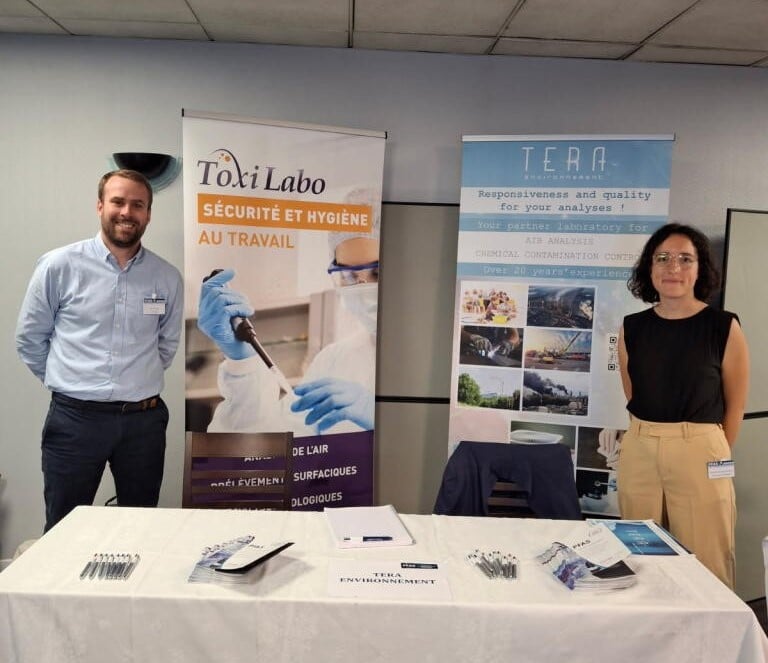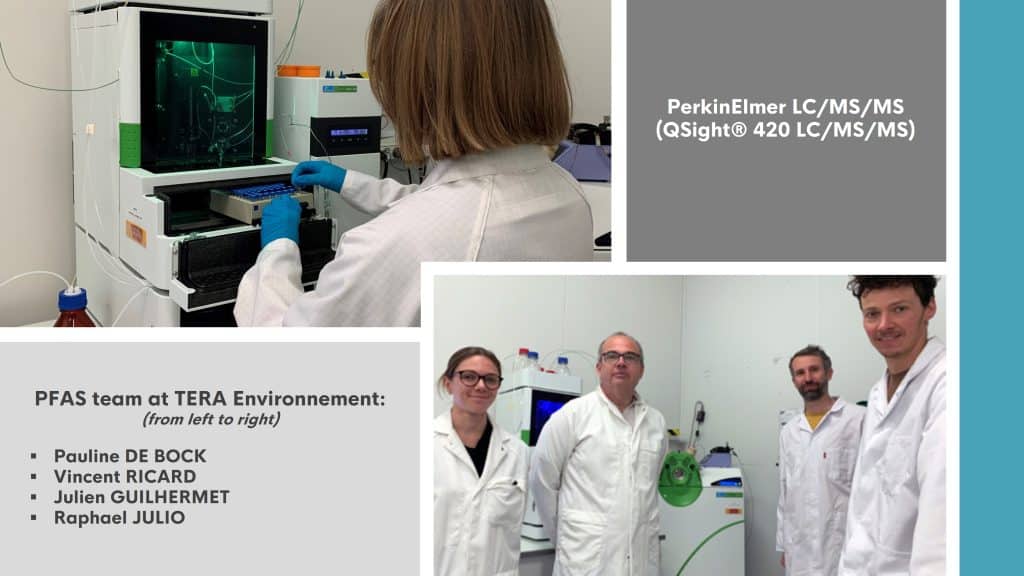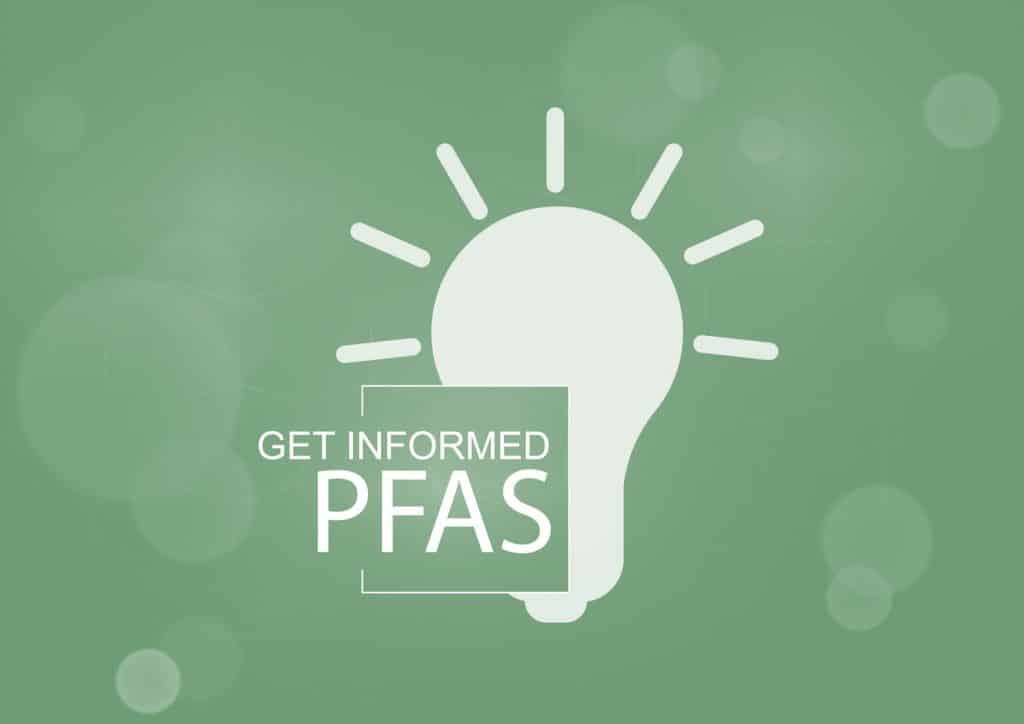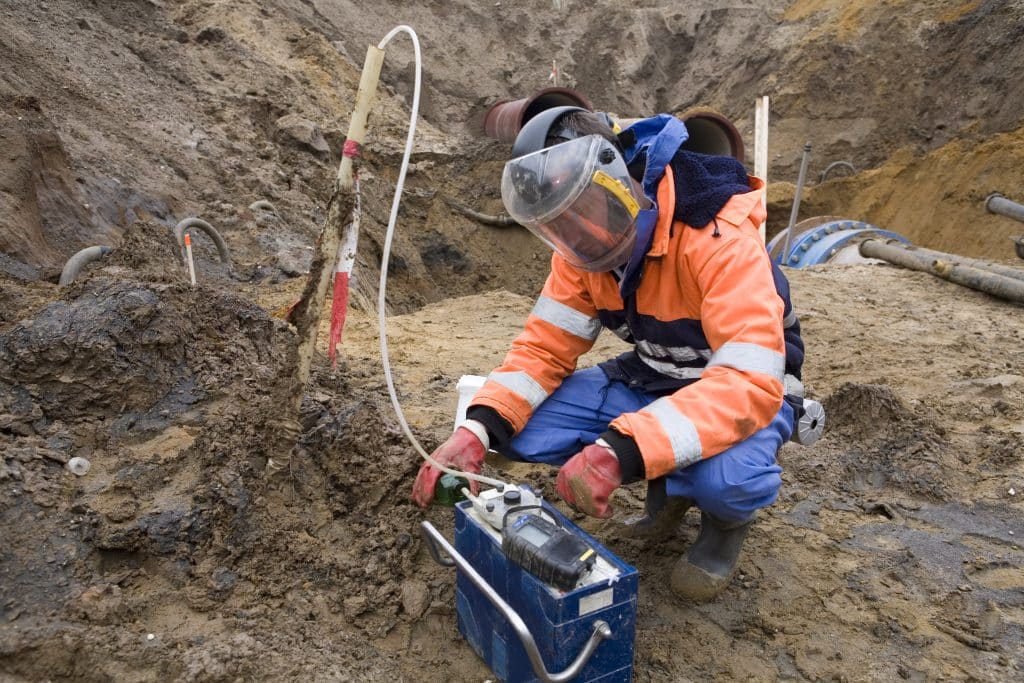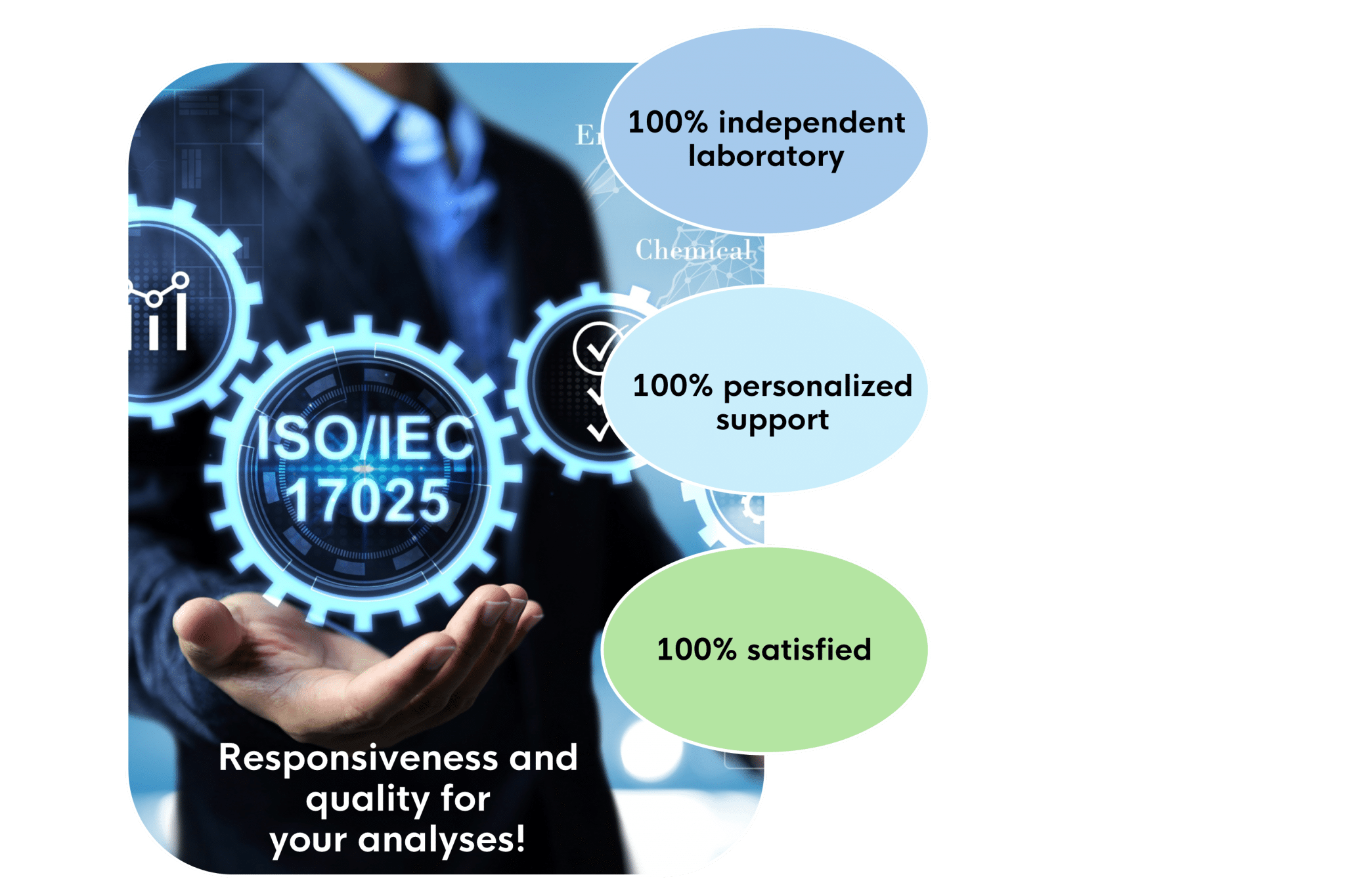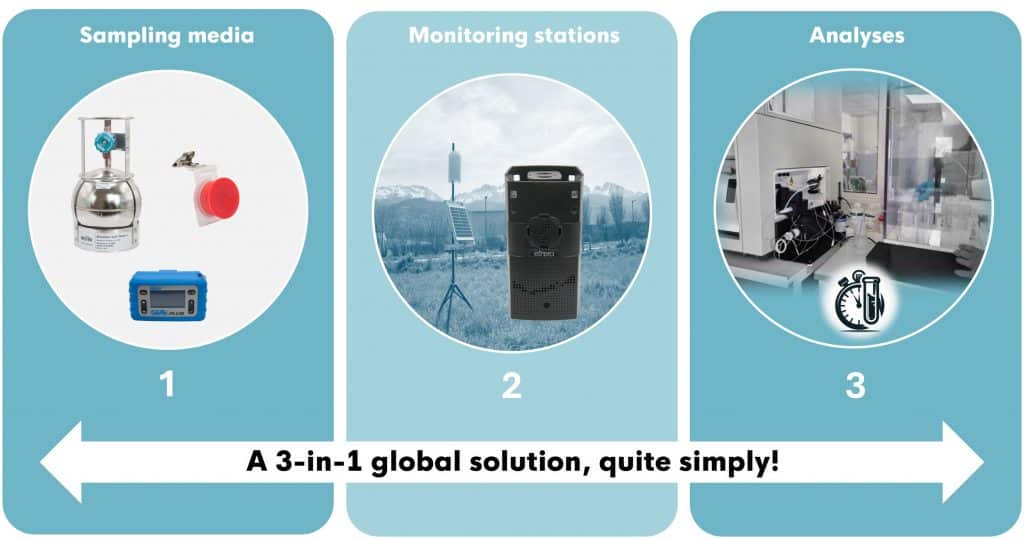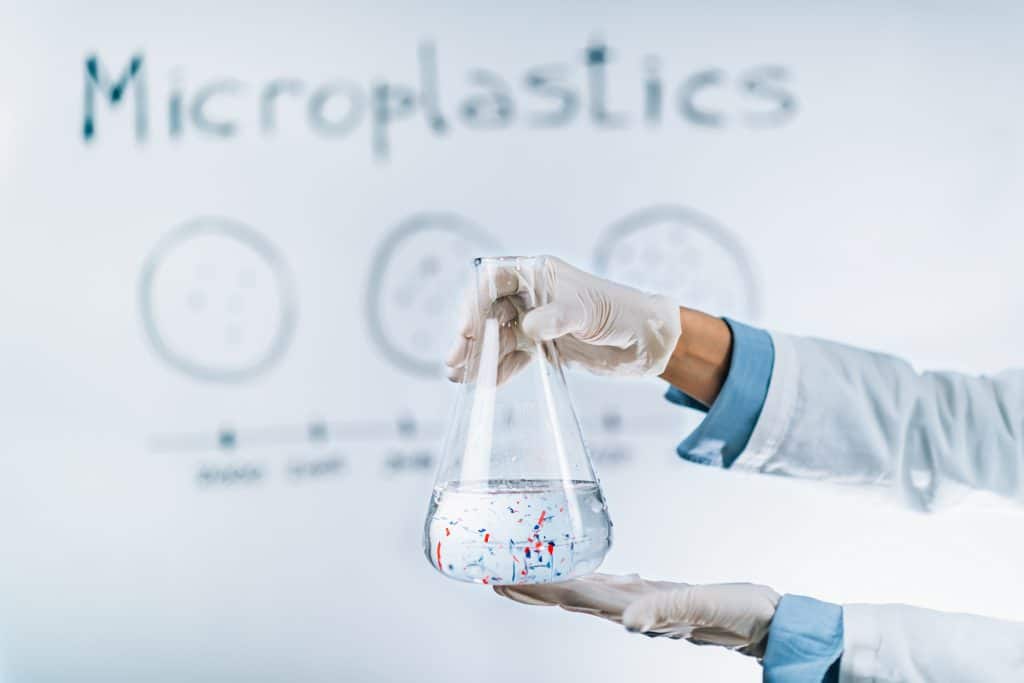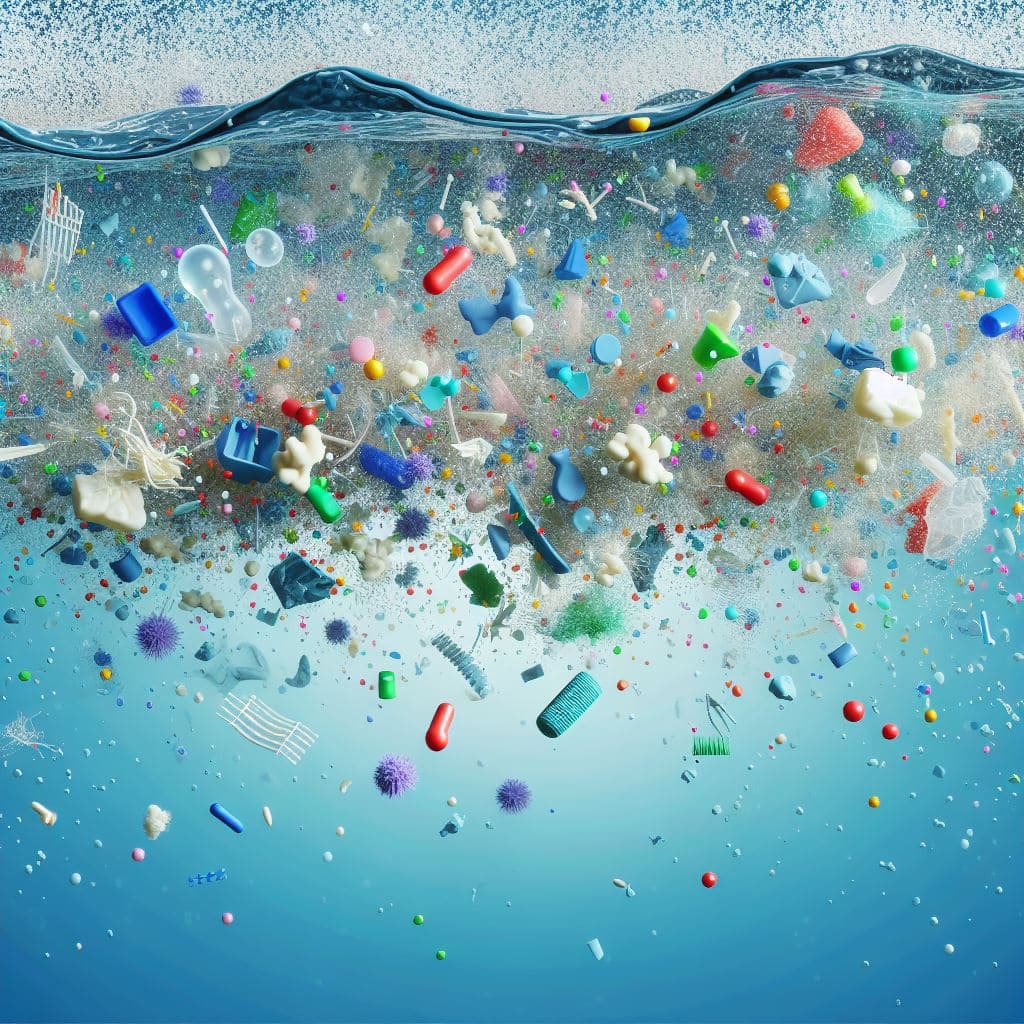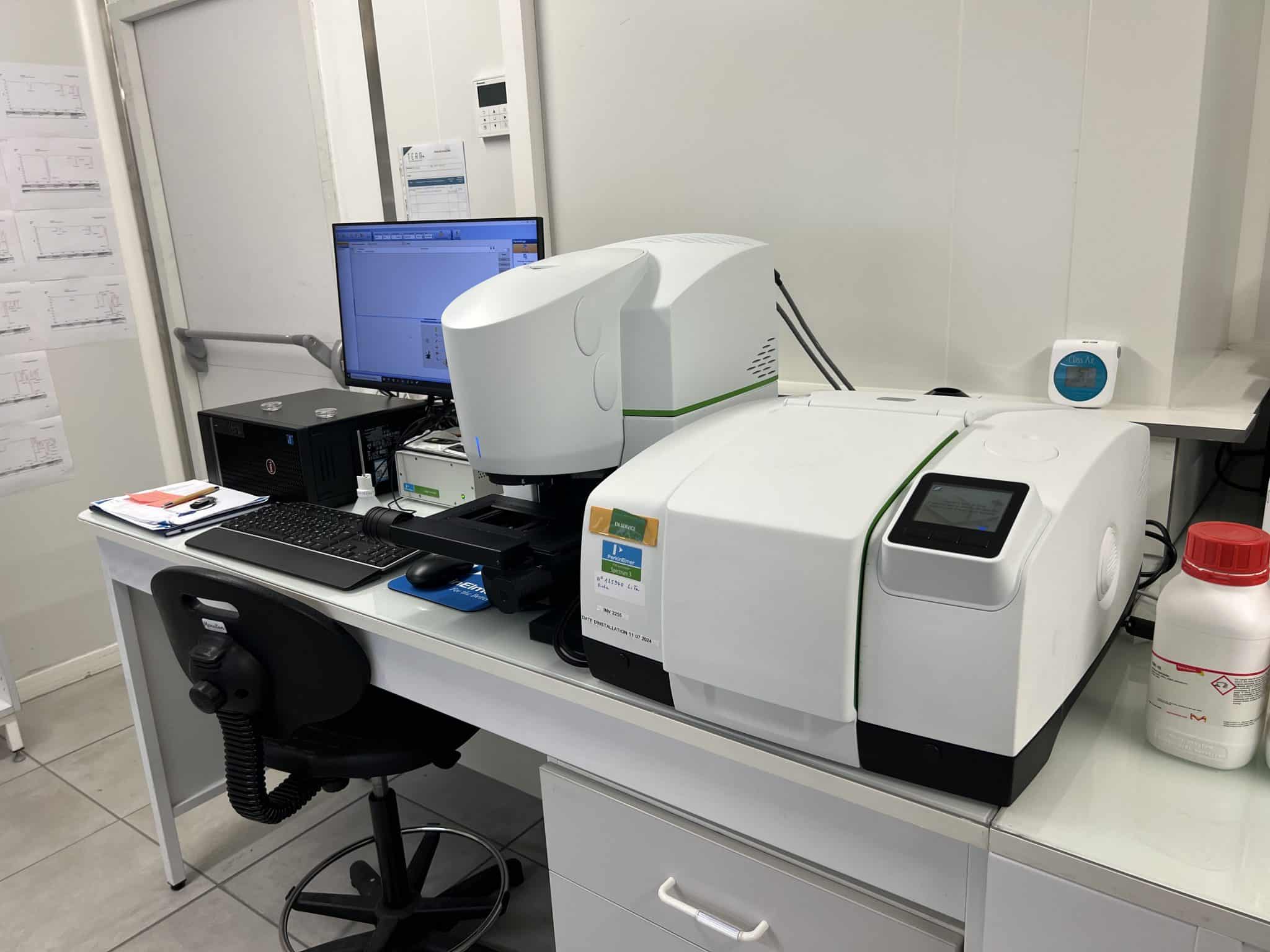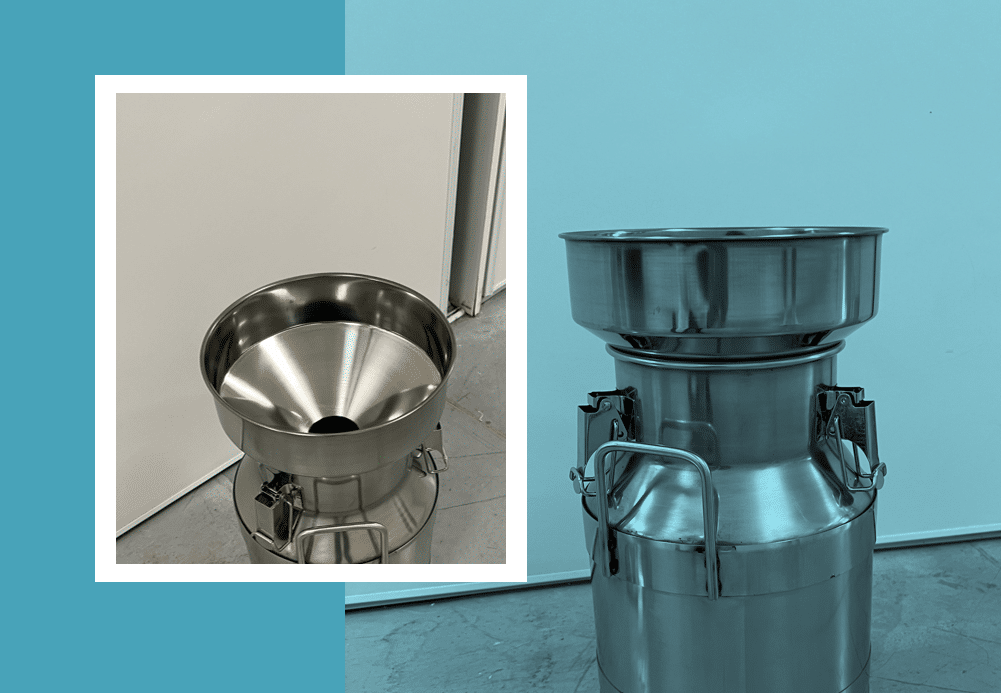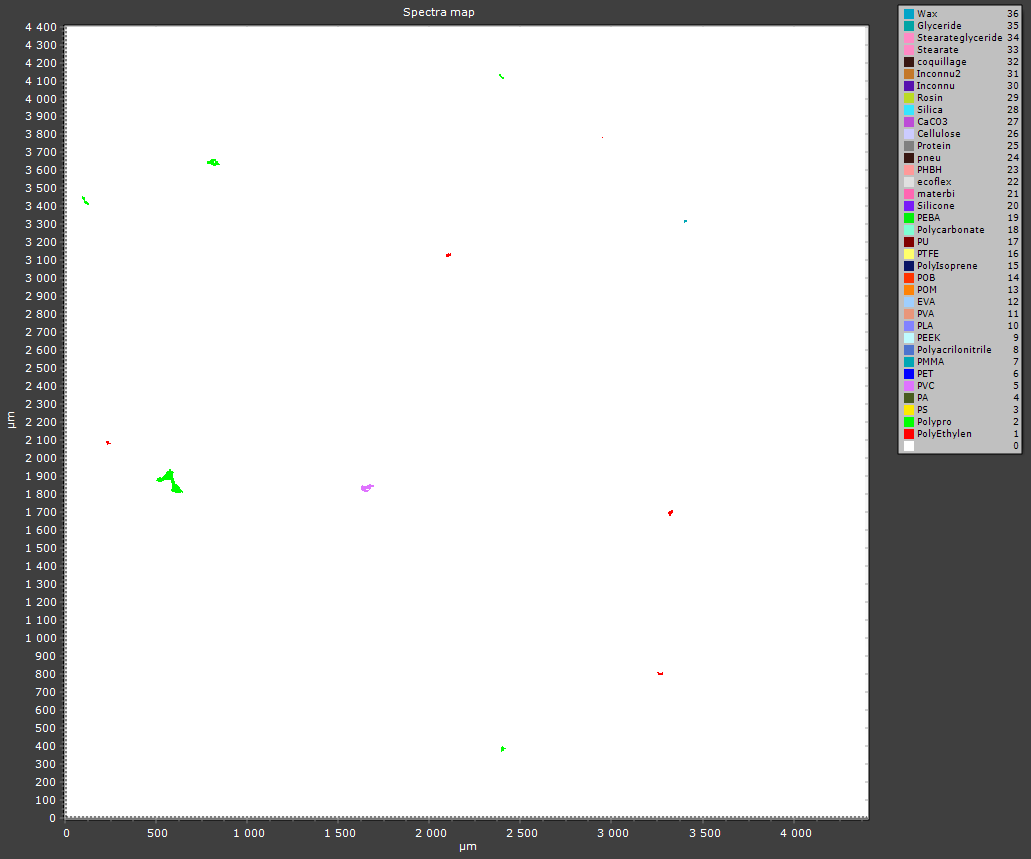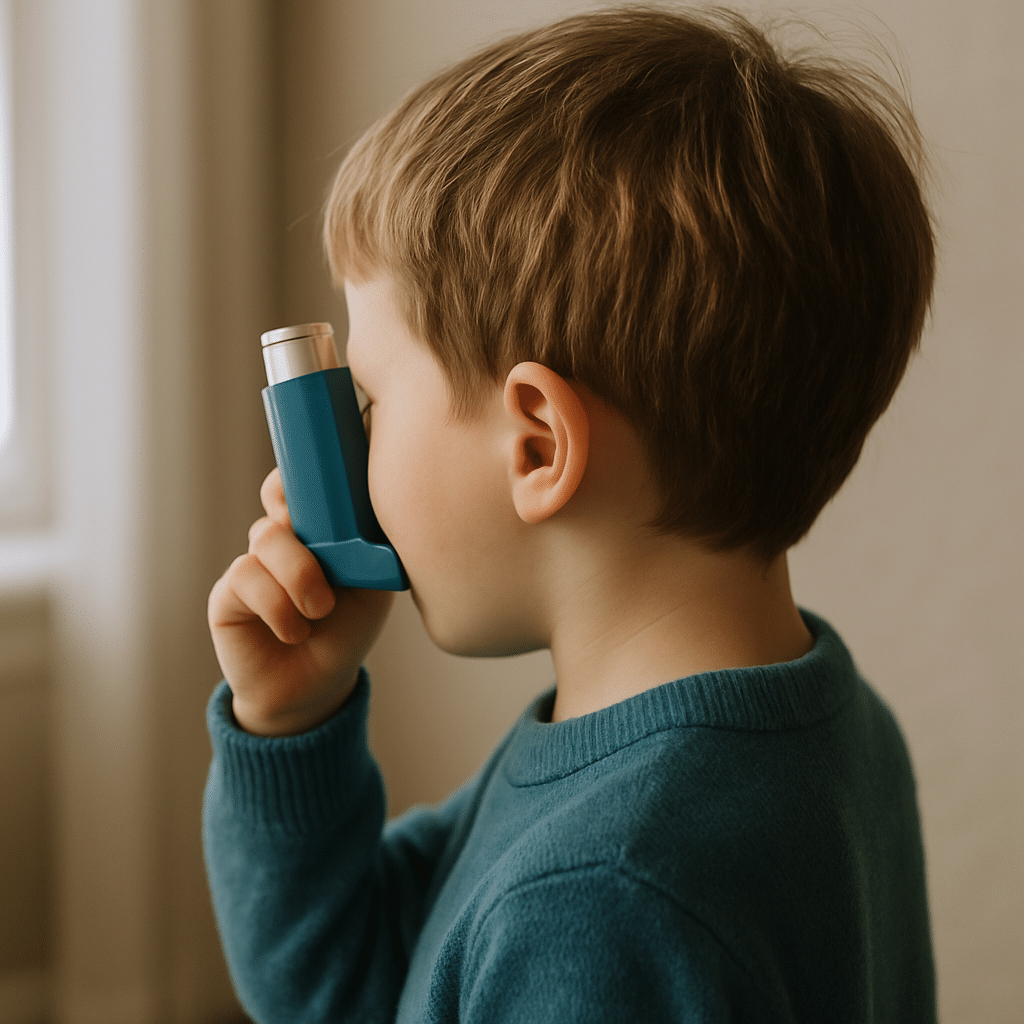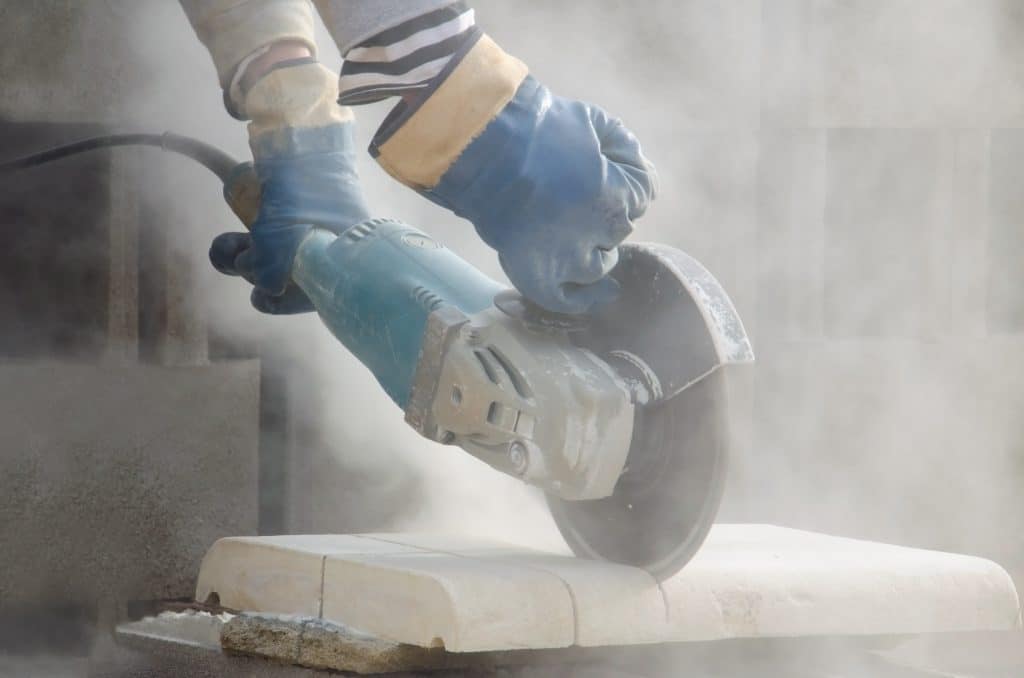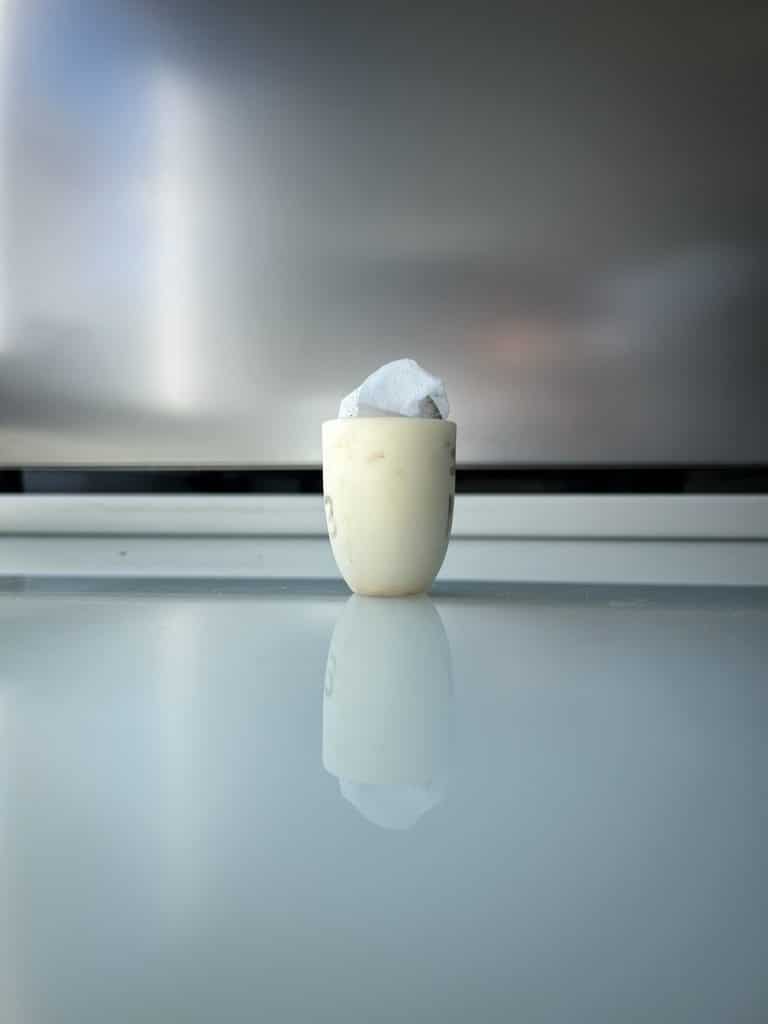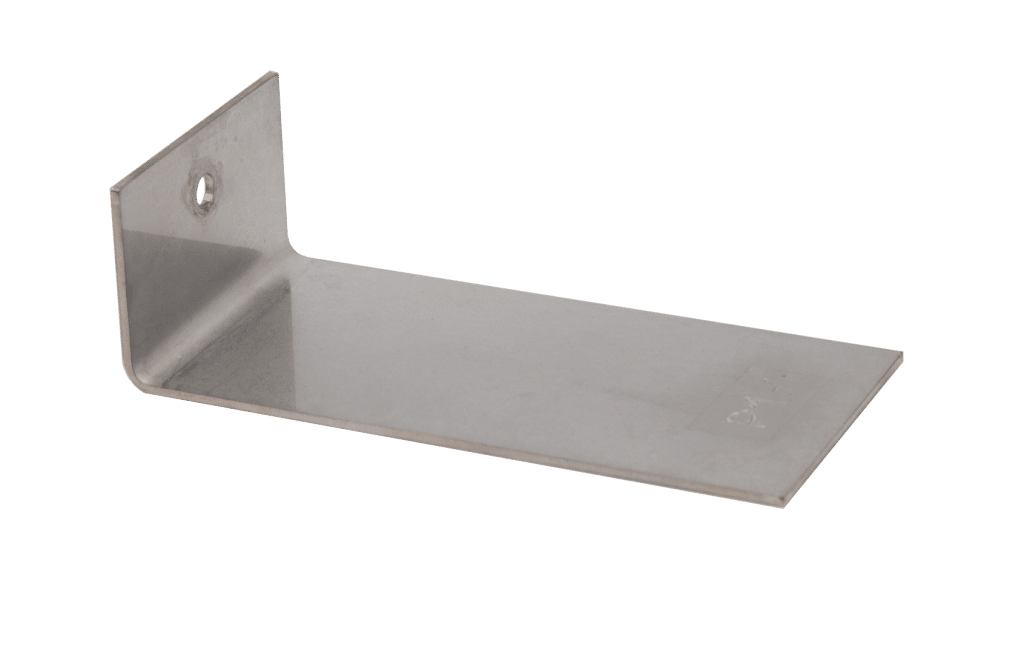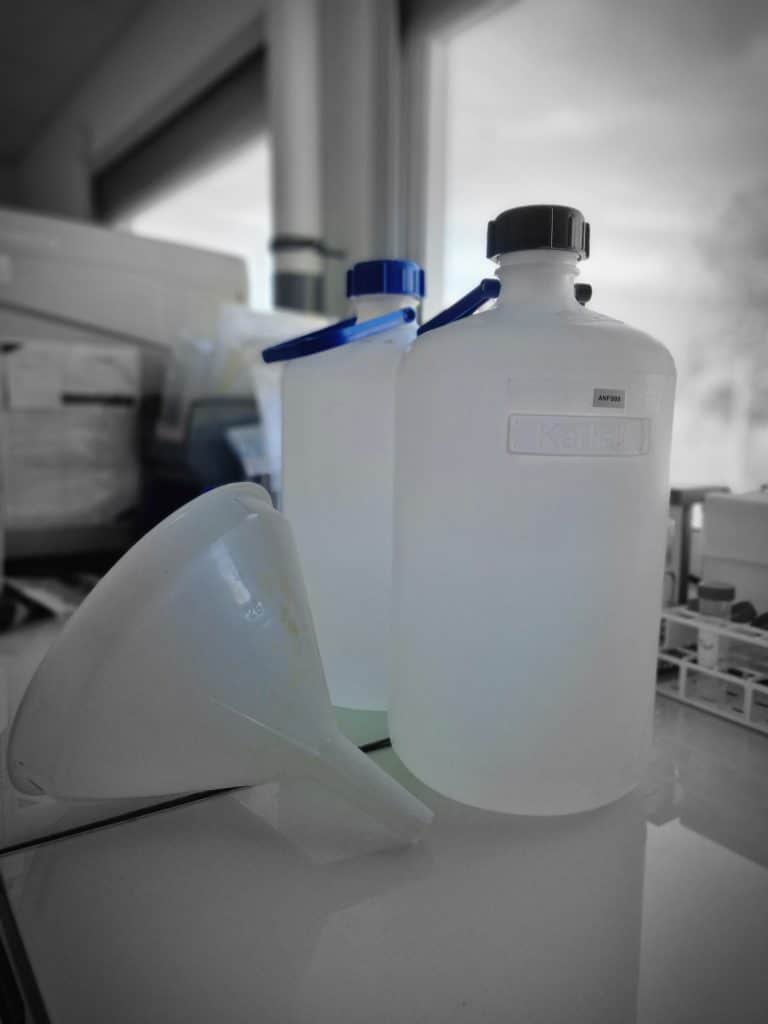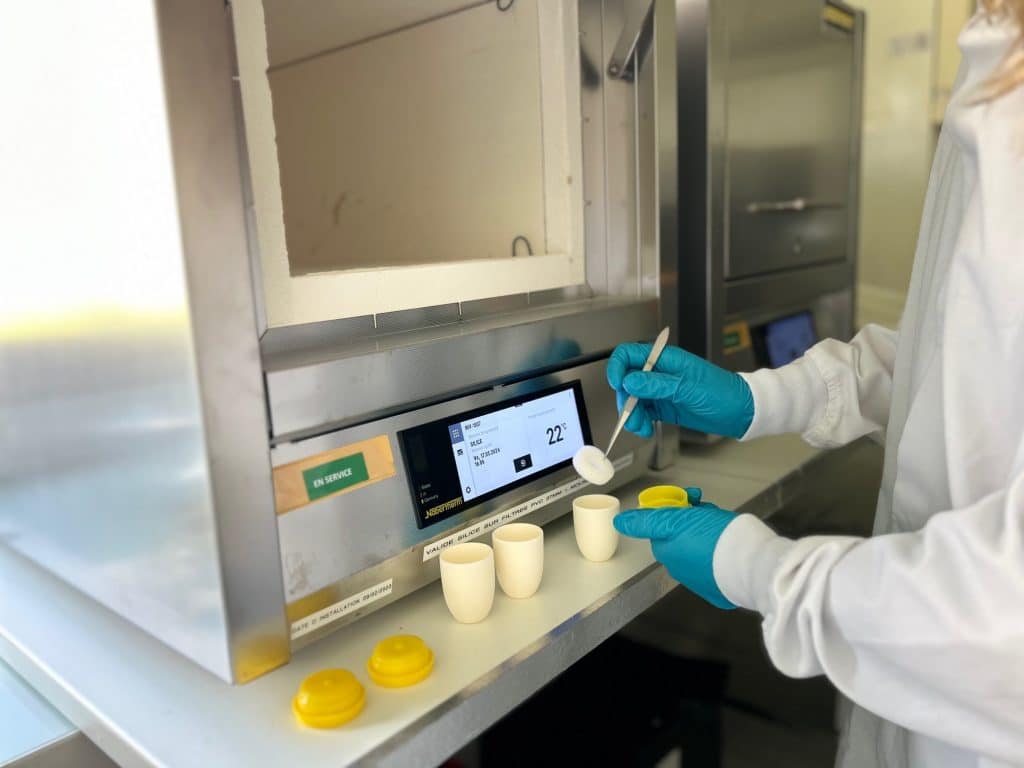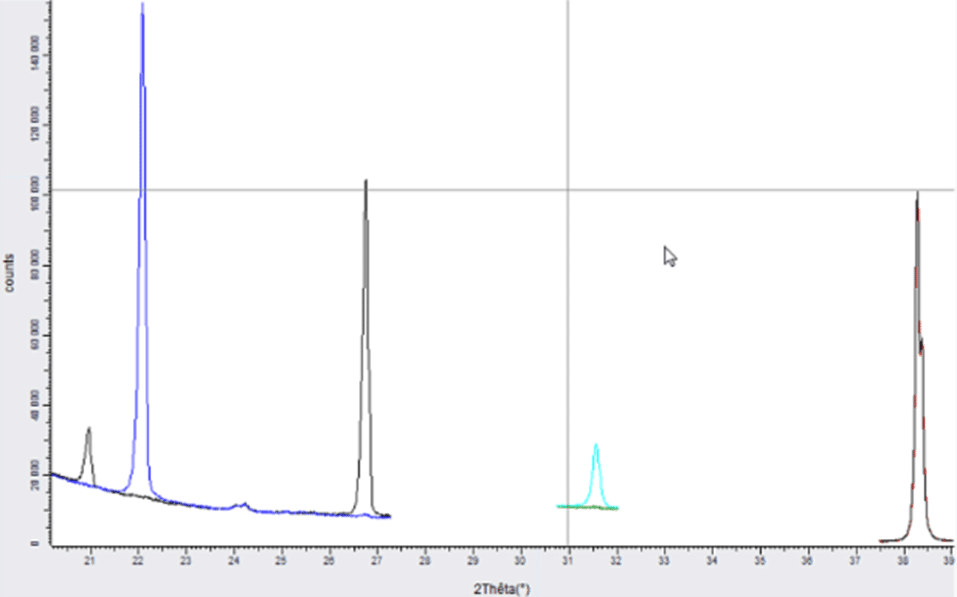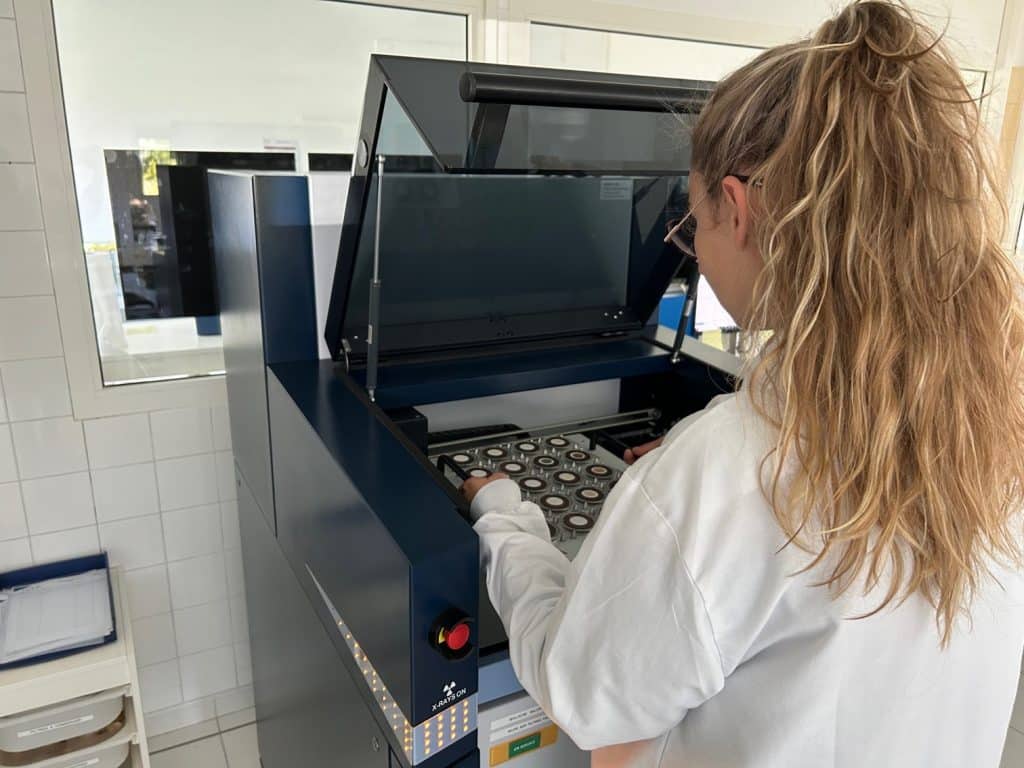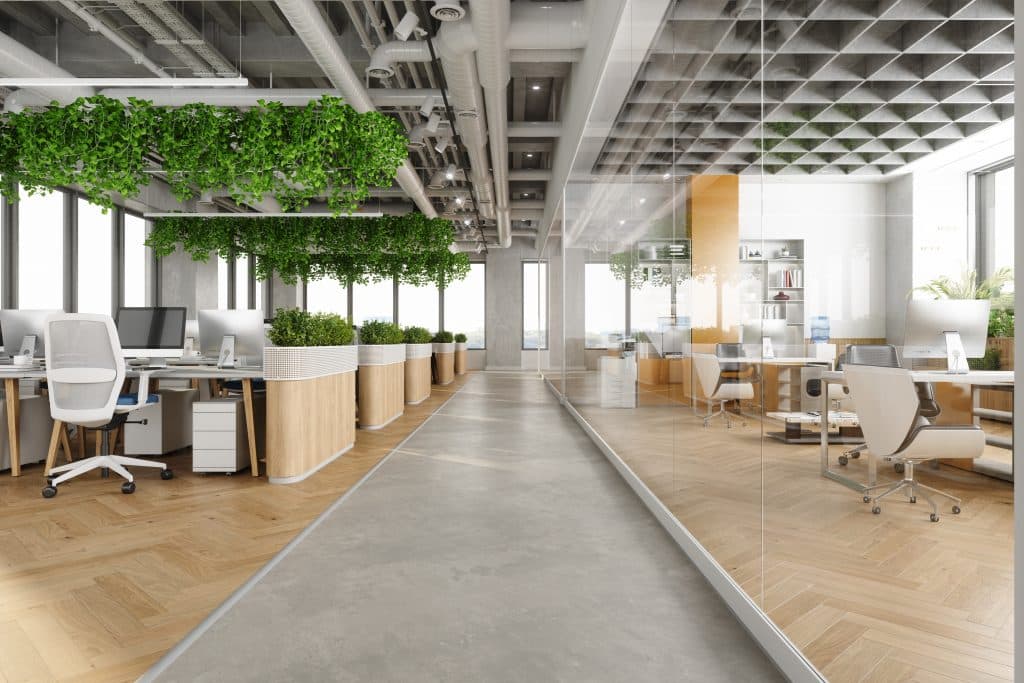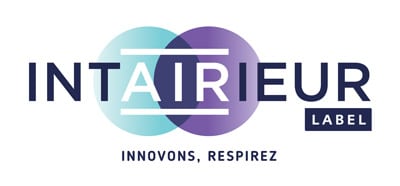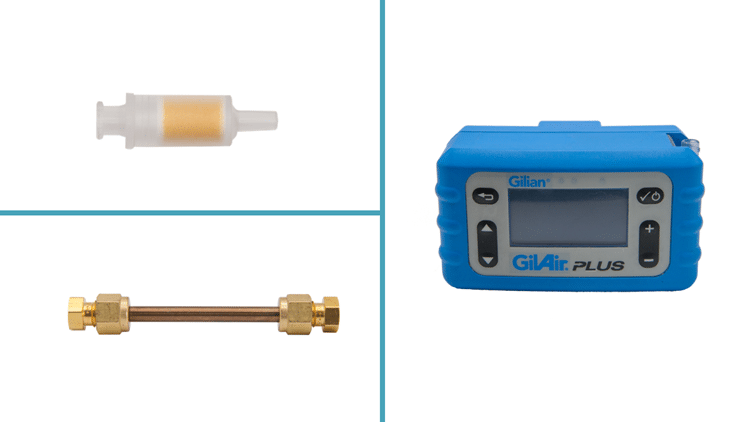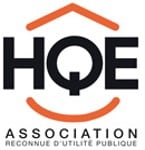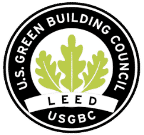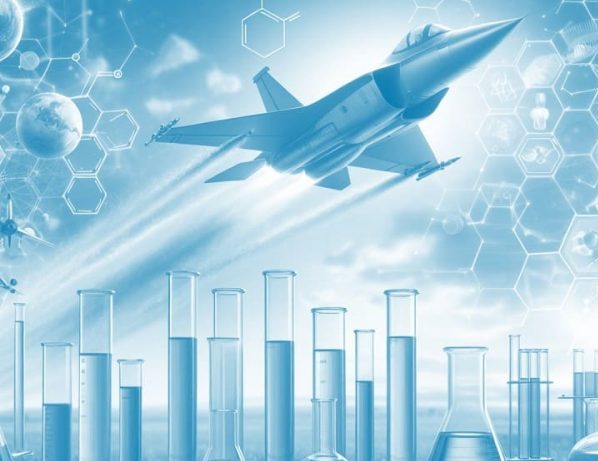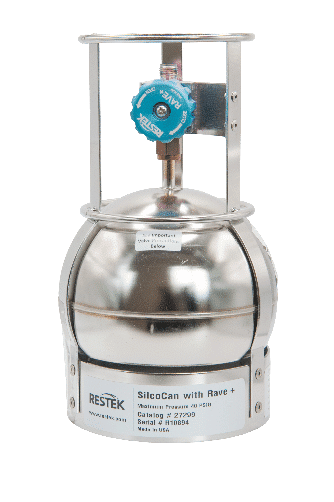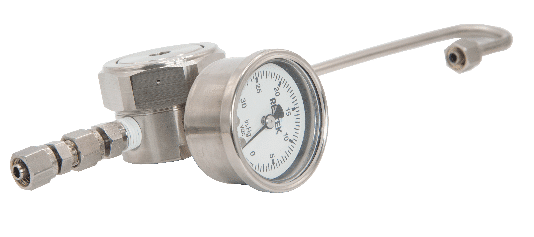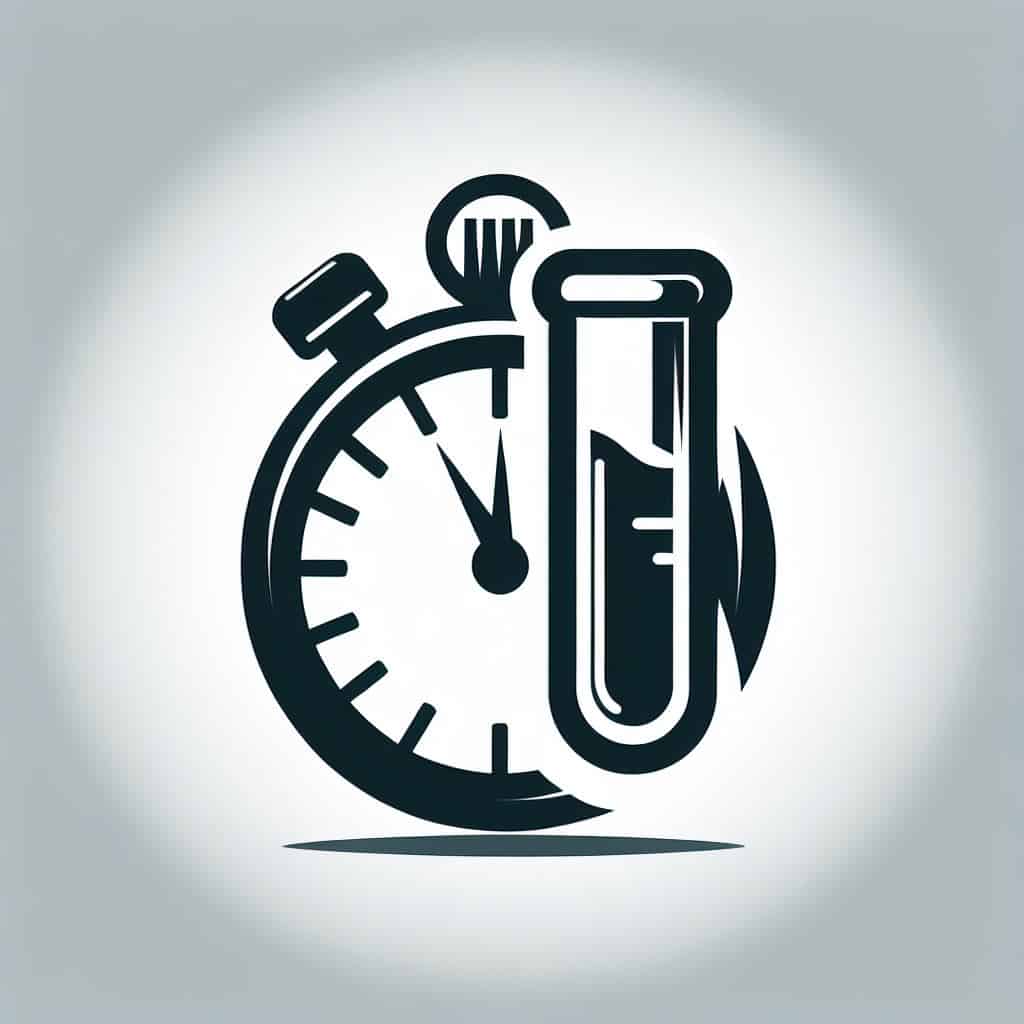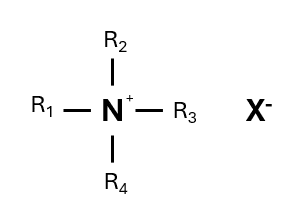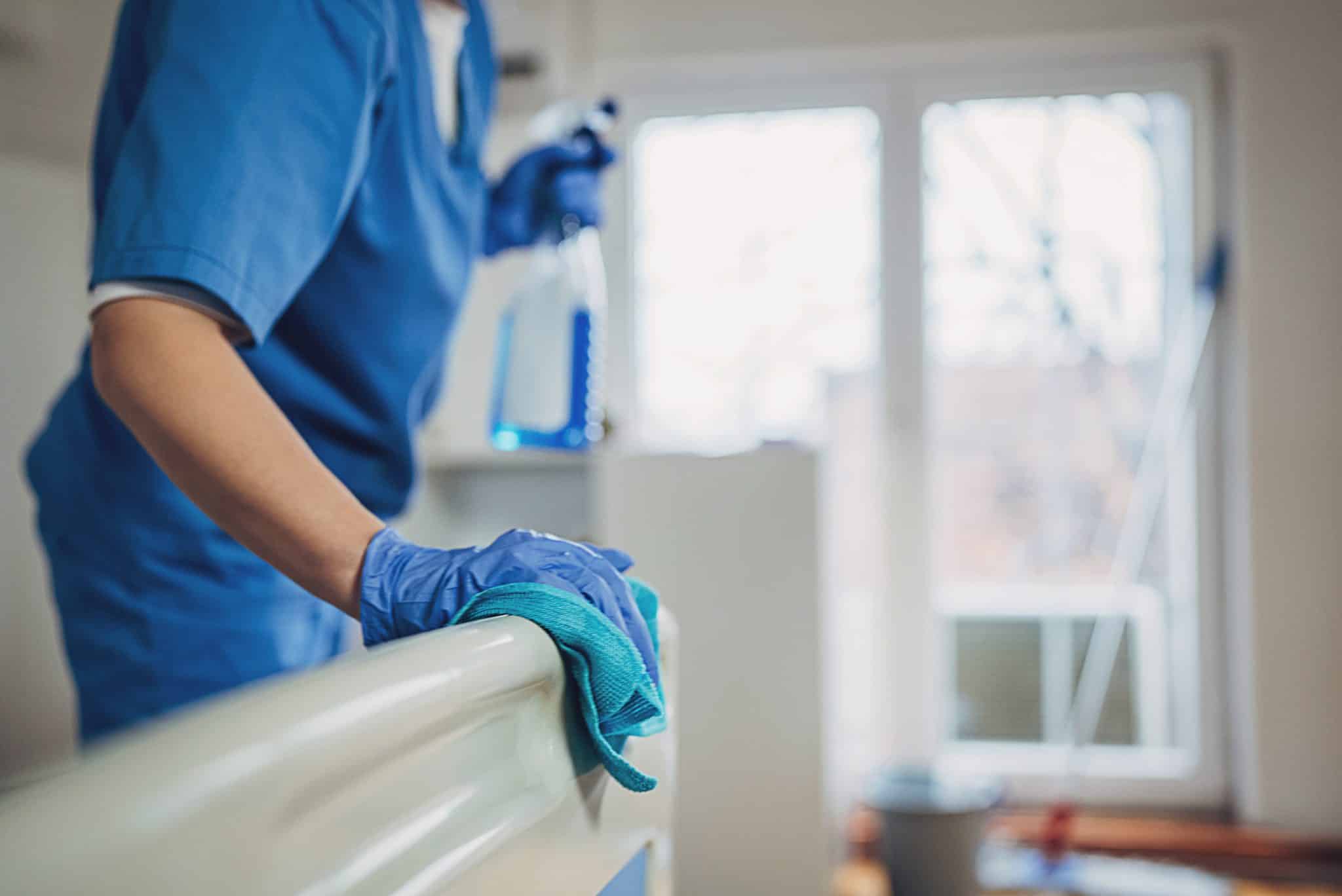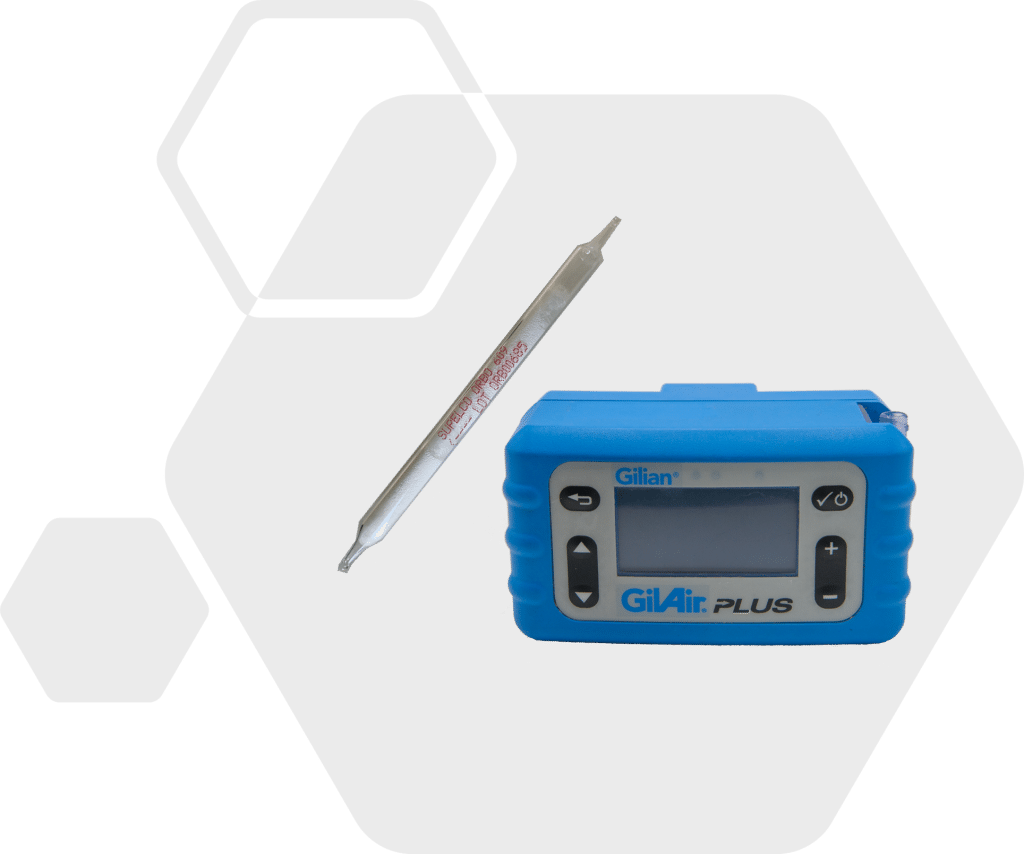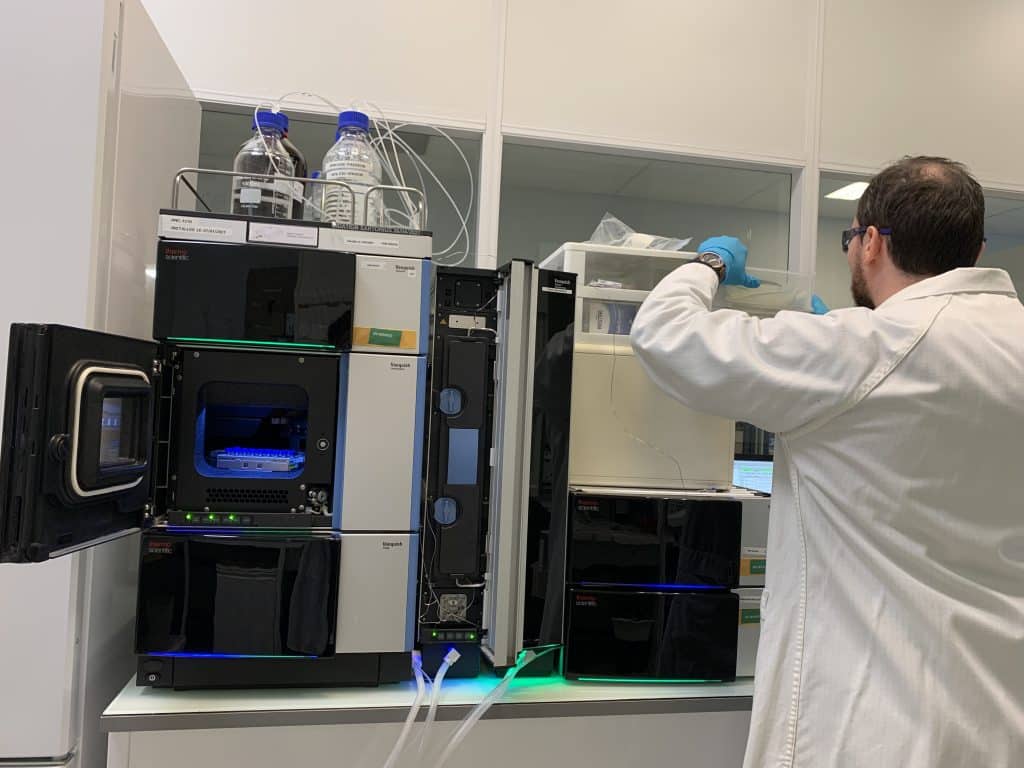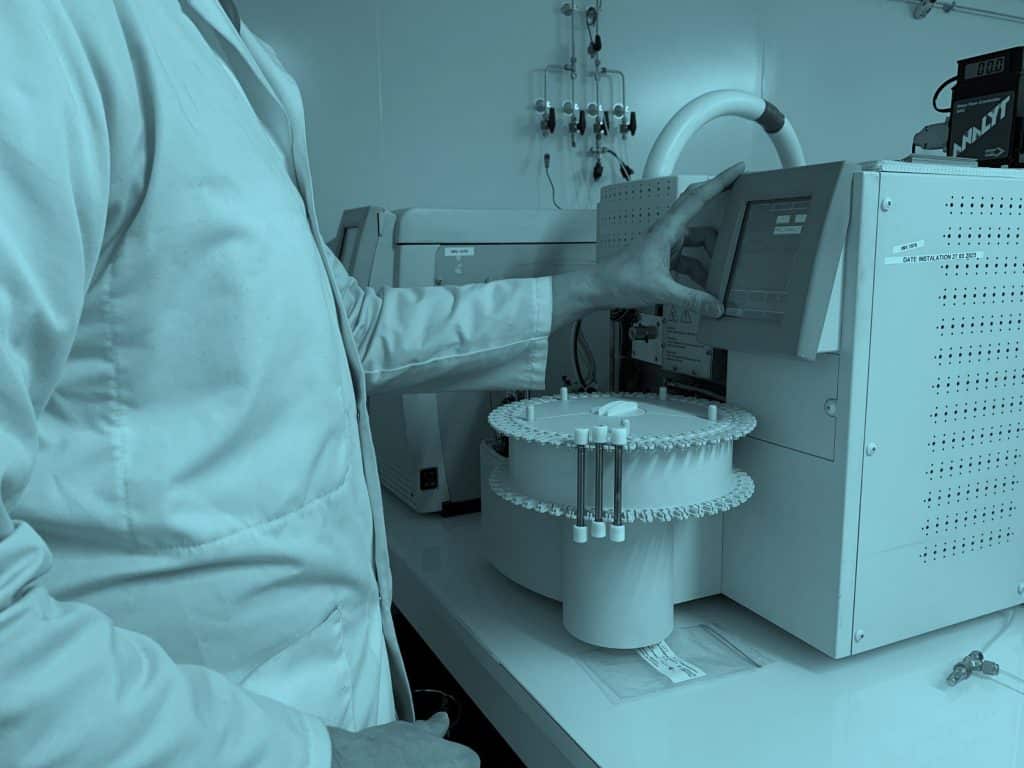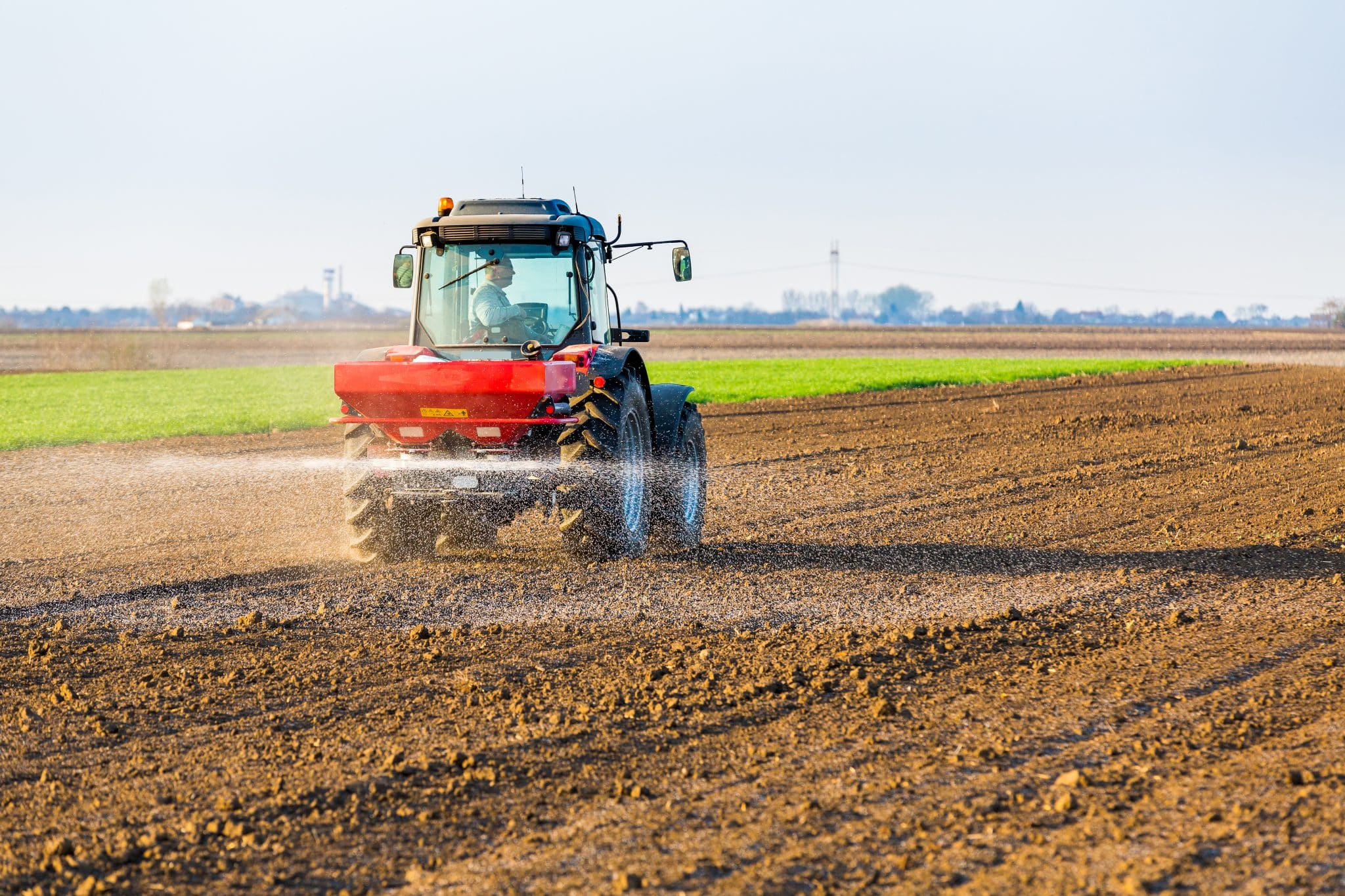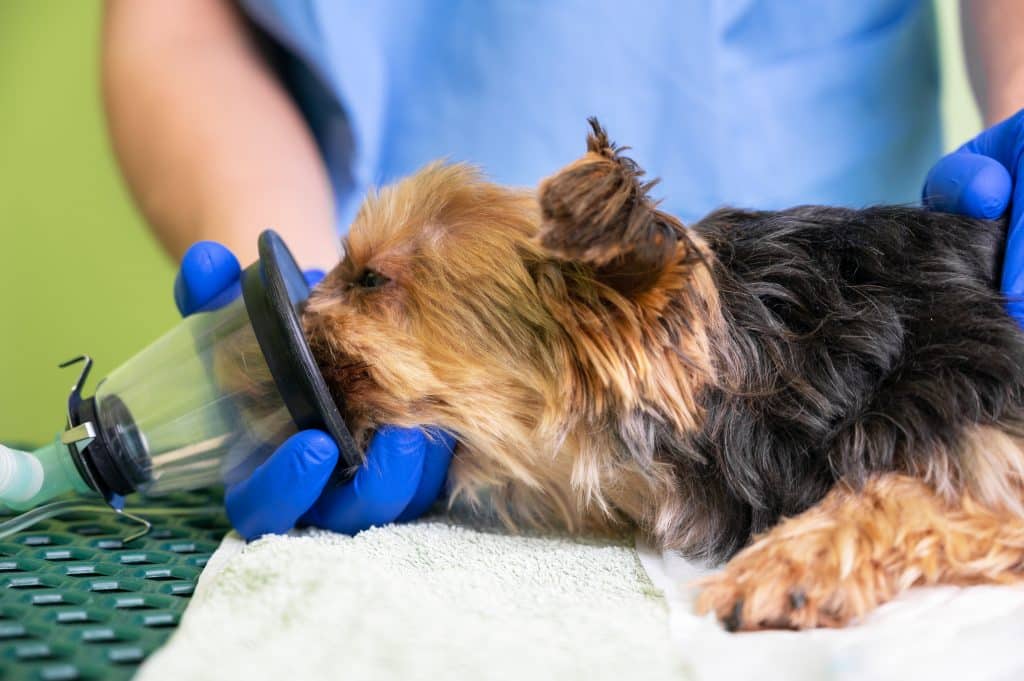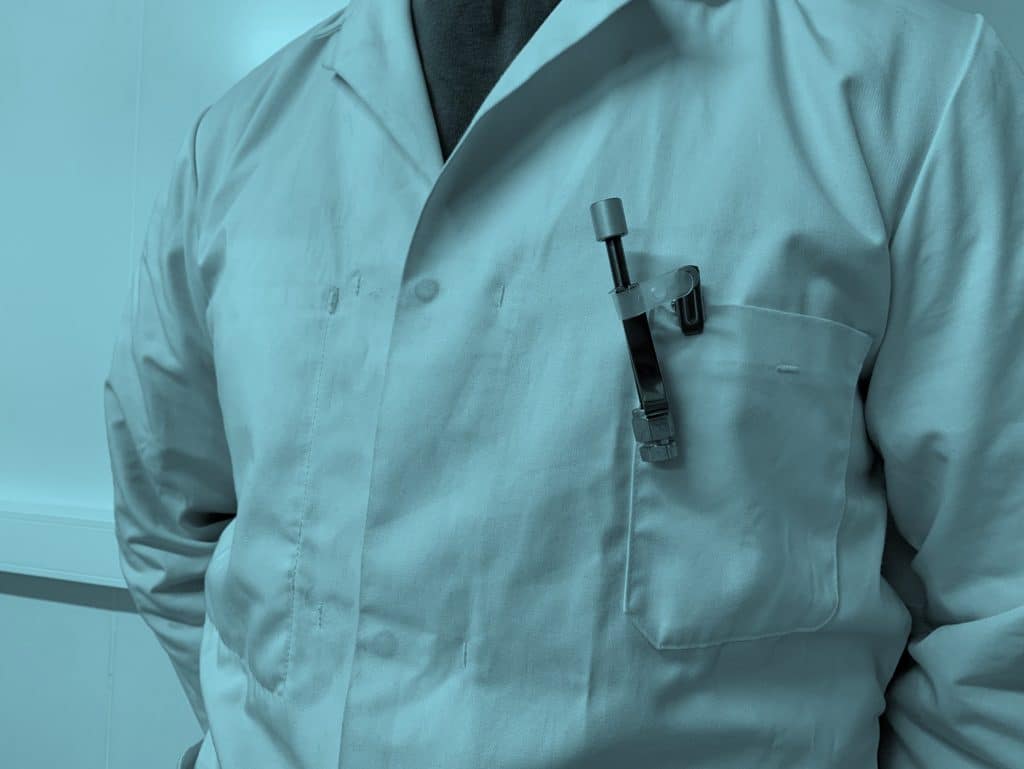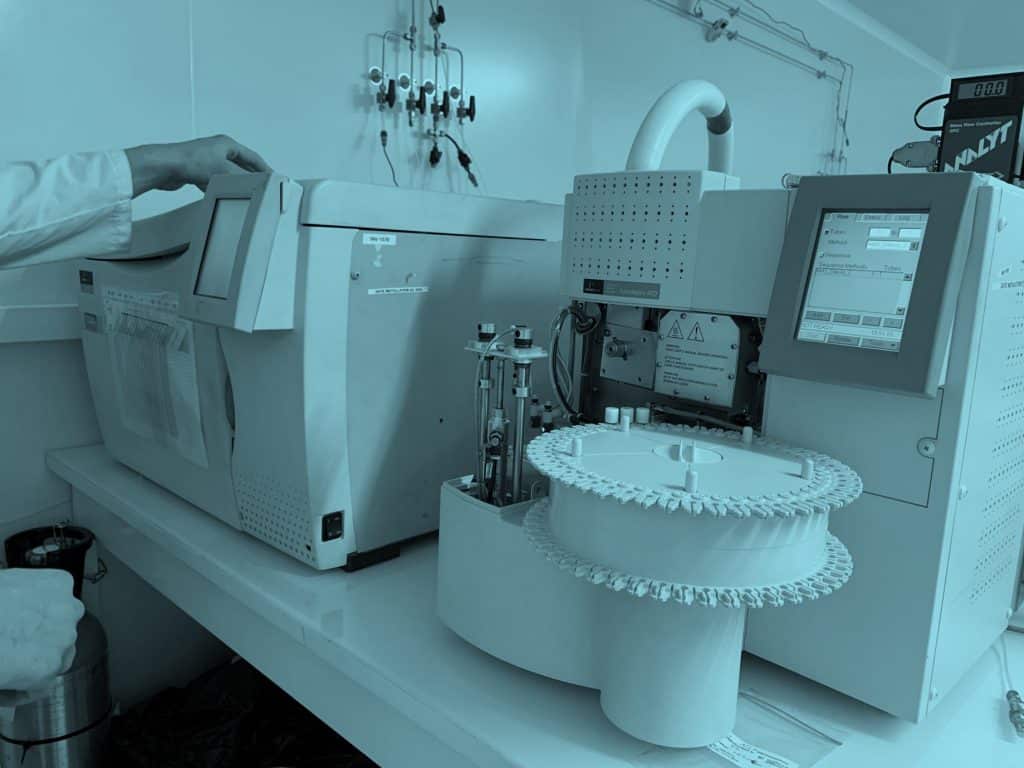

New accreditations for PFAS, nitrosamines and nitrous oxide analysis
New accredited analyses for indoor air, workplace air and ambient air
Following our latest audit, COFRAC (Comité Français d’Accréditation) has decided to extend TERA Environnement’s accreditation for physico-chemical analysis of indoor air, workplace air and ambient air.
We are delighted to announce that our Crolles laboratory has obtained the extension of its COFRAC accreditations (n°1-5598)* for the analysis of three new families: PFAS (per- and polyfluoroalkylated substances) in ambient air, nitrosamines in ambient air, indoor air and workplace air, and nitrous oxide (N2O) in workplace air.
A great reward for all our teams, who have thus seen the quality and reliability of their analytical know-how recognized.

* accreditation of our Crolles site 1-5598, scope available at www.cofrac.fr
Analysis of PFAS (per- and polyfluoroalkylated substances) under COFRAC accreditation in ambient air
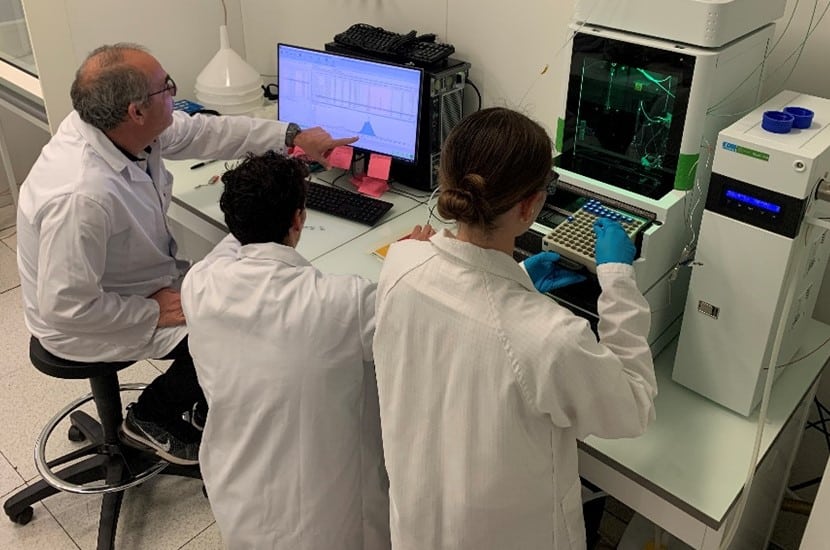
In the context of environmental monitoring near industrial sites, TERA Environnement has developed a method for measuring PFAS in atmospheric fallout and quartz filters by LC-MS/MS.
After several months’ work, we are delighted to announce that we are the first laboratory in France to be accredited COFRAC Essais* for PFAS analysis on gauges and quartz filters in ambient air.
This offer is part of a wider range of PFAS analyses, see our PFAS brochure:
As part of the French inter-ministerial PFAS plan of April 2024 , and following the decree of October 31, 2024 on the analysis of PFAS in atmospheric emissions from incineration plants, TERA Environnement subsidiary ToxiLabo has developed PFAS analysis according to the experimental standard XP X43-126.
To complete this offer, TERA Environnement also offers analysis of PFAS in soil gases using XAD-7 tube sampling, and is currently funding a doctoral thesis that will provide a complete, validated methodology for measuring and analyzing PFAS in indoor air.
Want to find out more about our PFAS analyses?
Nitrosamine analysis under COFRAC accreditation in ambient air, indoor air and workplace air
Some nitrosamines are listed in Annex XVII of the REACH Regulation as category 1B carcinogens, such as Dimethylnitrosamine (NDMA) and Nitrosodipropylamine (NDPA).
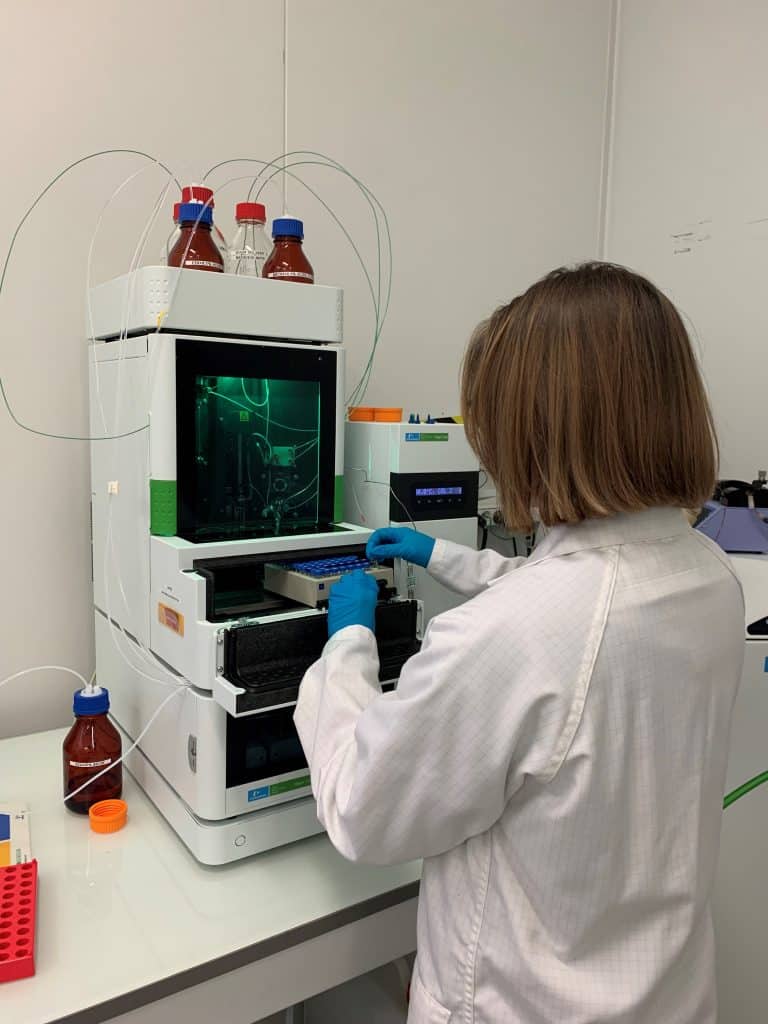
Exposure to nitrosamines occurs in various sectors, including the rubber, pharmaceutical and food industries.
Since 2024, TERA Environnement has been analyzing nitrosamines by LC-MS/MS on Thermosorb N. We are now the first laboratory to be accredited* for the analysis of 8 nitrosamines in ambient air, indoor air and workplace air.
N-Nitrosodimethylamine (NDMA), CAS: 62-75-9
N-Nitrosodiethylamine (NDEA), CAS: 55-18-5
N-Nitrosodipropylamine (NDPA), CAS: 621-64-7
N-Nitrosodiisopropylamine (NDIPA), CAS: 601-77-4
N-Nitrosodibutylamine (NDBA), CAS: 924-16-3
N-Nitrosomorpholine (NMOR), CAS: 59-89-2
N-Nitrosopiperidine (NPIP), CAS: 100-75-4
N-Nitrosopyrrolidine (NPYR), CAS: 930-55-2
N-Nitrosomethylethylamine (NMEA), CAS: 10595-95-6
Want to find out more about our nitrosamine analyses?
COFRAC-accredited analysis of nitrous oxide (N2O) in workplace air
Used in anesthesia as an adjuvant and analgesia for short-term medical procedures, nitrous oxide has applications in emergency surgery, obstetrics, dentistry and veterinary practice. Its use has also been diverted to recreational purposes, due to its euphoric, relaxing and sometimes hallucinogenic effects.
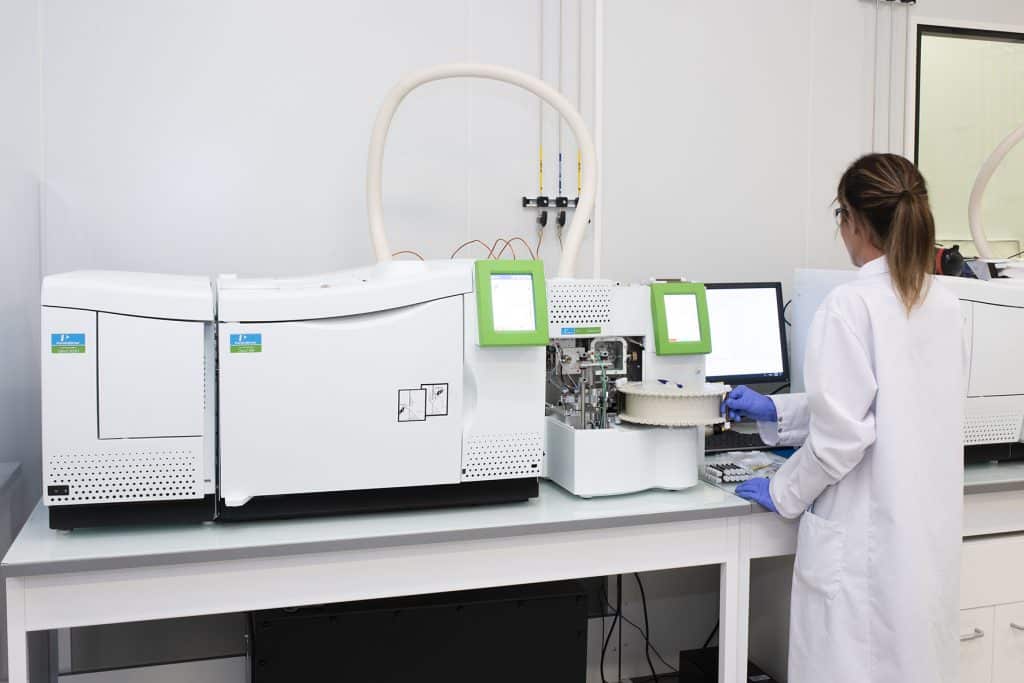
In order to monitor N₂O exposures, TERA Environnement analyzes nitrous oxide in different environments:
- Workplace air: active or passive sampling on zeolite tubes with analysis by ATD GC TCD and now under COFRAC* accreditation for N₂O analysis in workplace air on zeolite tube.
- Ambient air & industrial emissions: sampling on canisters or multi-layer bags, followed by GC-TCD analysis.
Want to find out more about our nitrous oxide analyses?
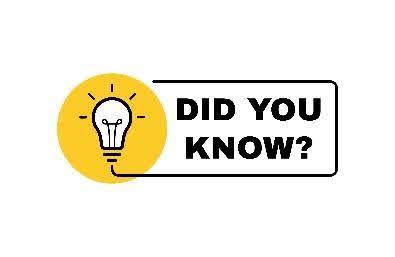
TERA Environnement has over 20 years’ experience in air analysis.
Consult our analysis, sampling media and equipment rental services
Do you have any questions or do you need a quote ? Contact us to find out more about our analysis services.

